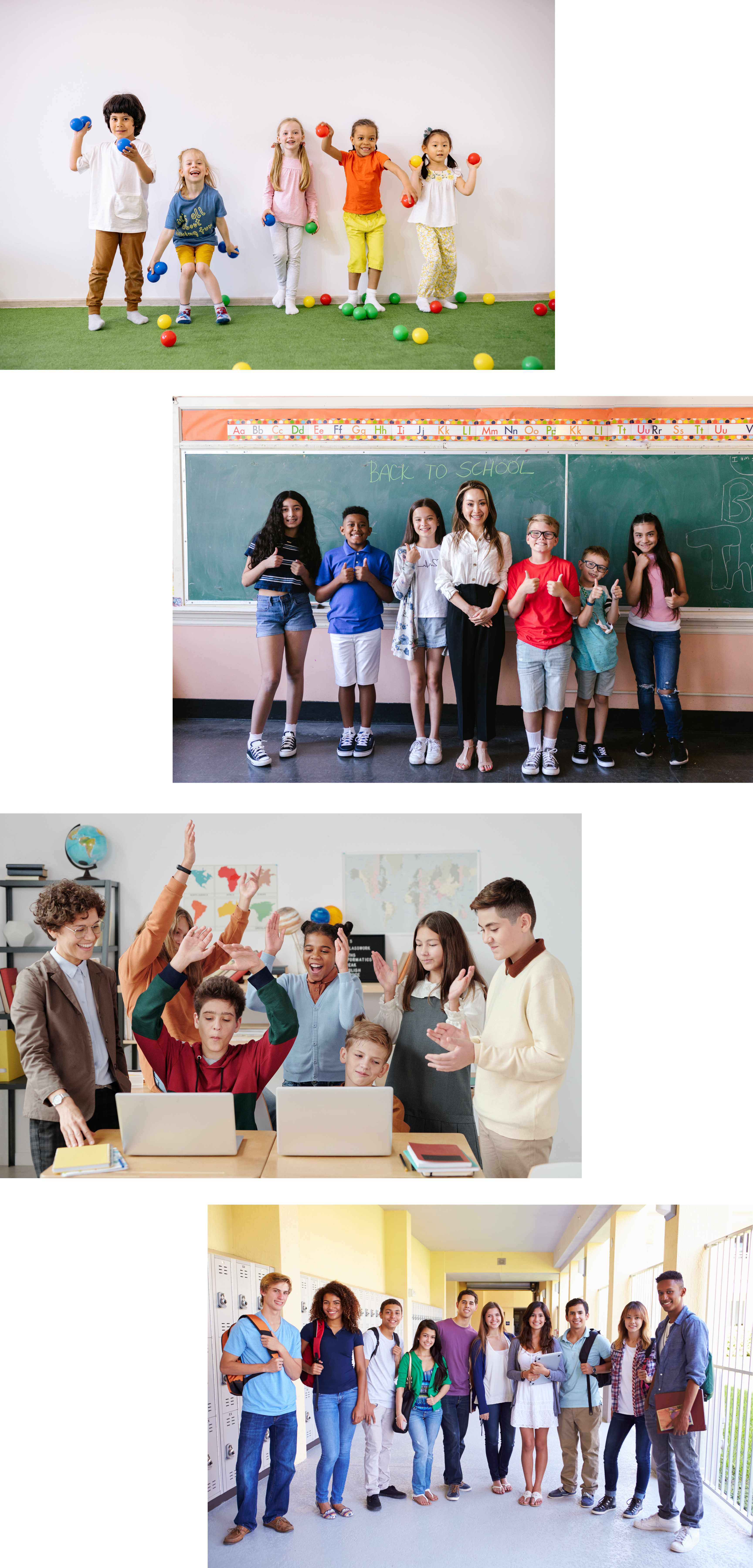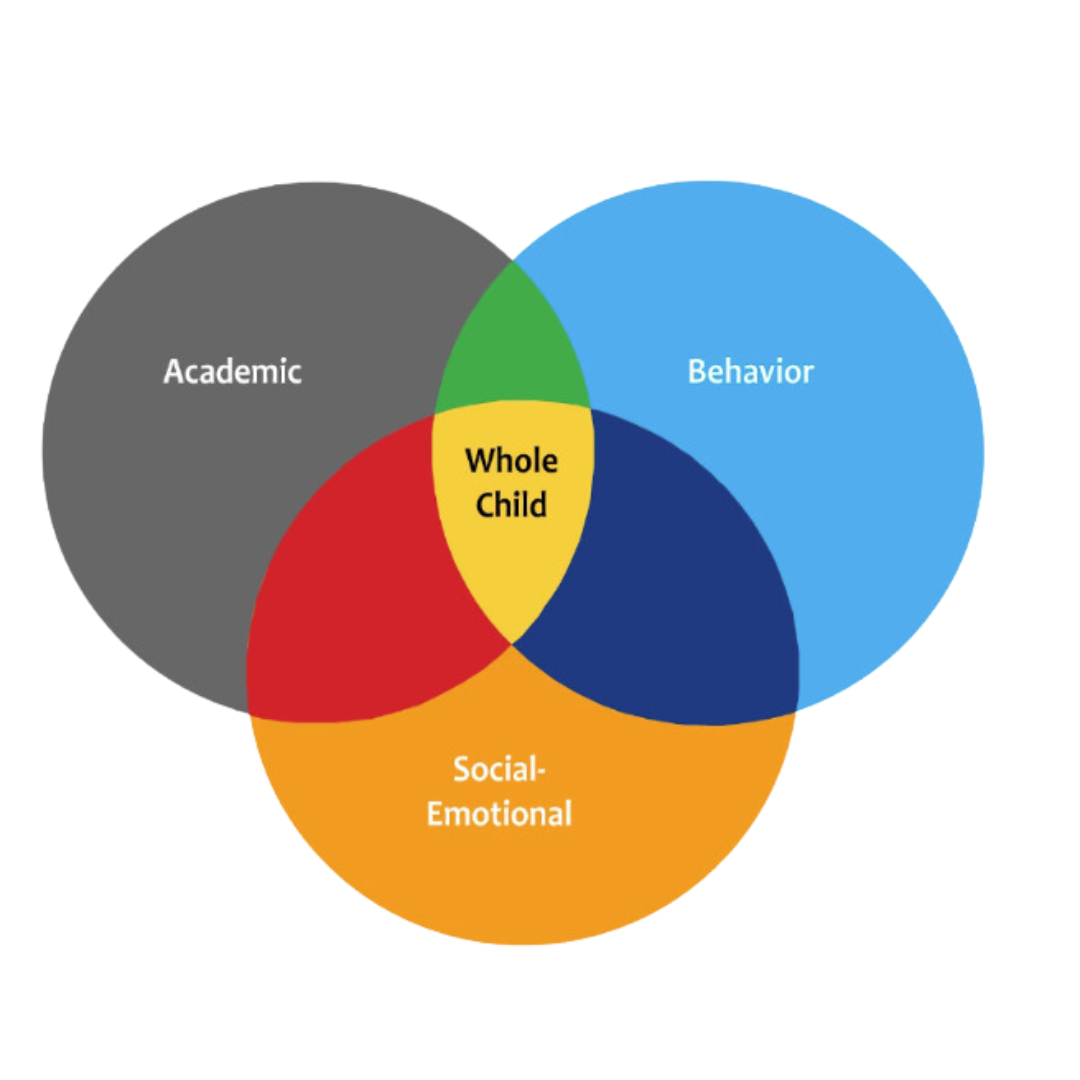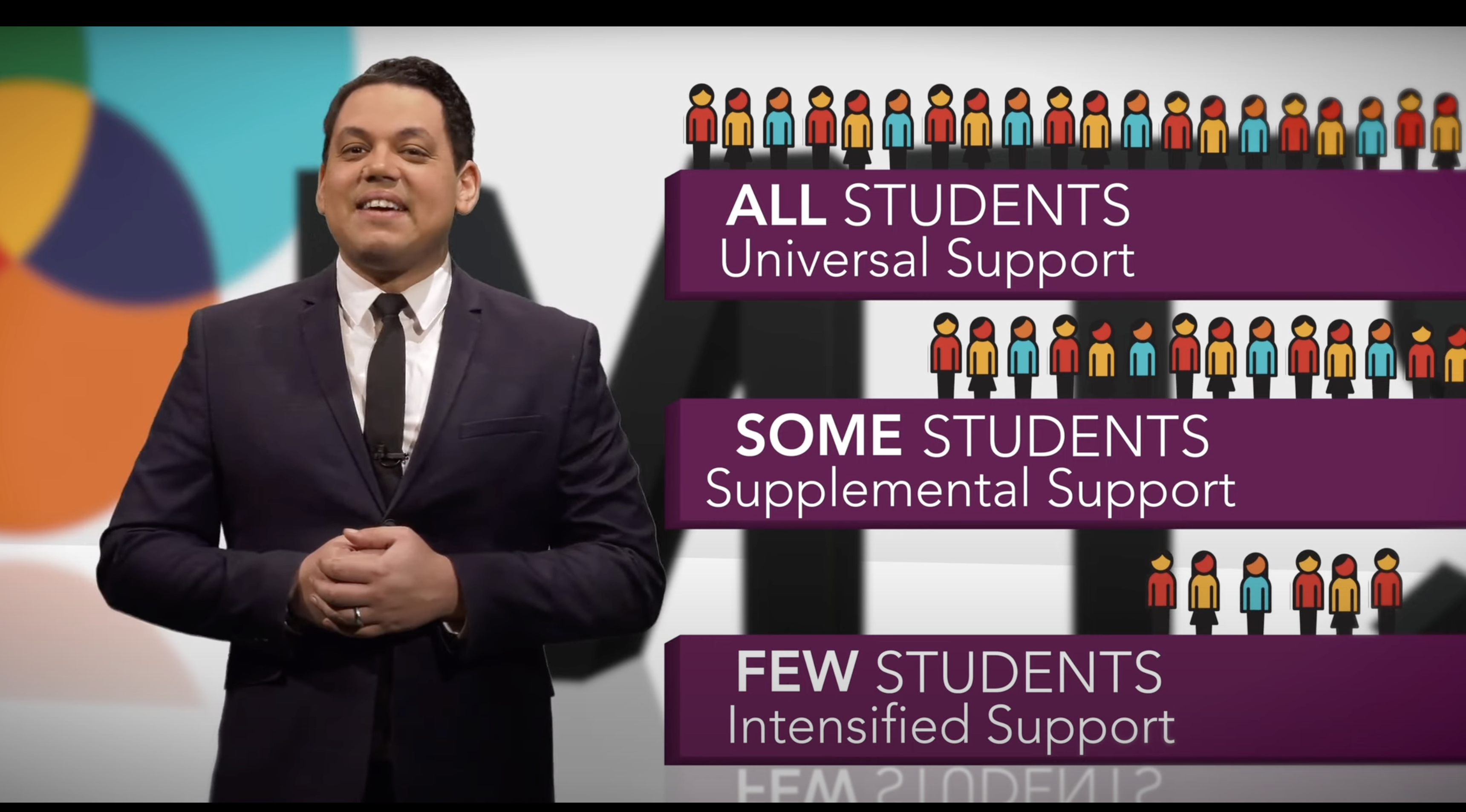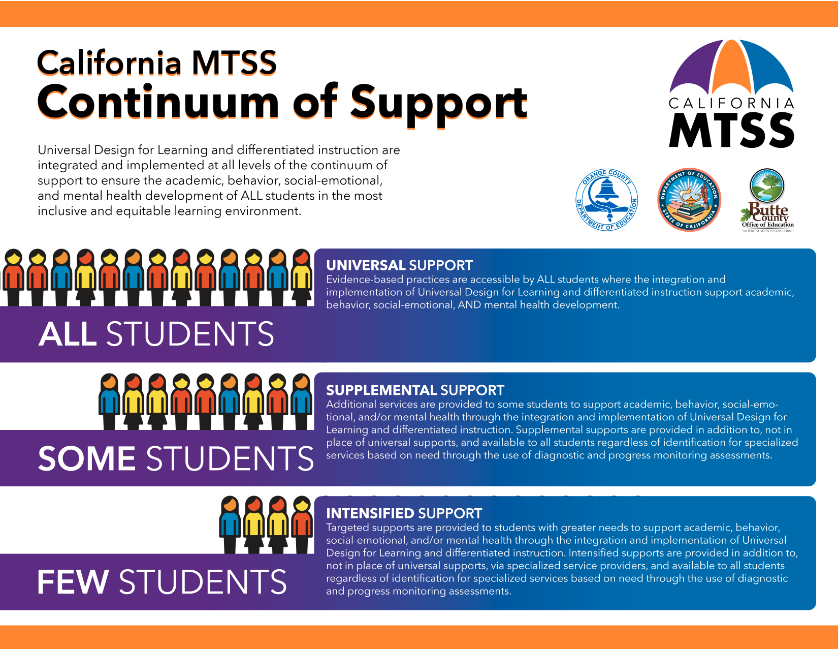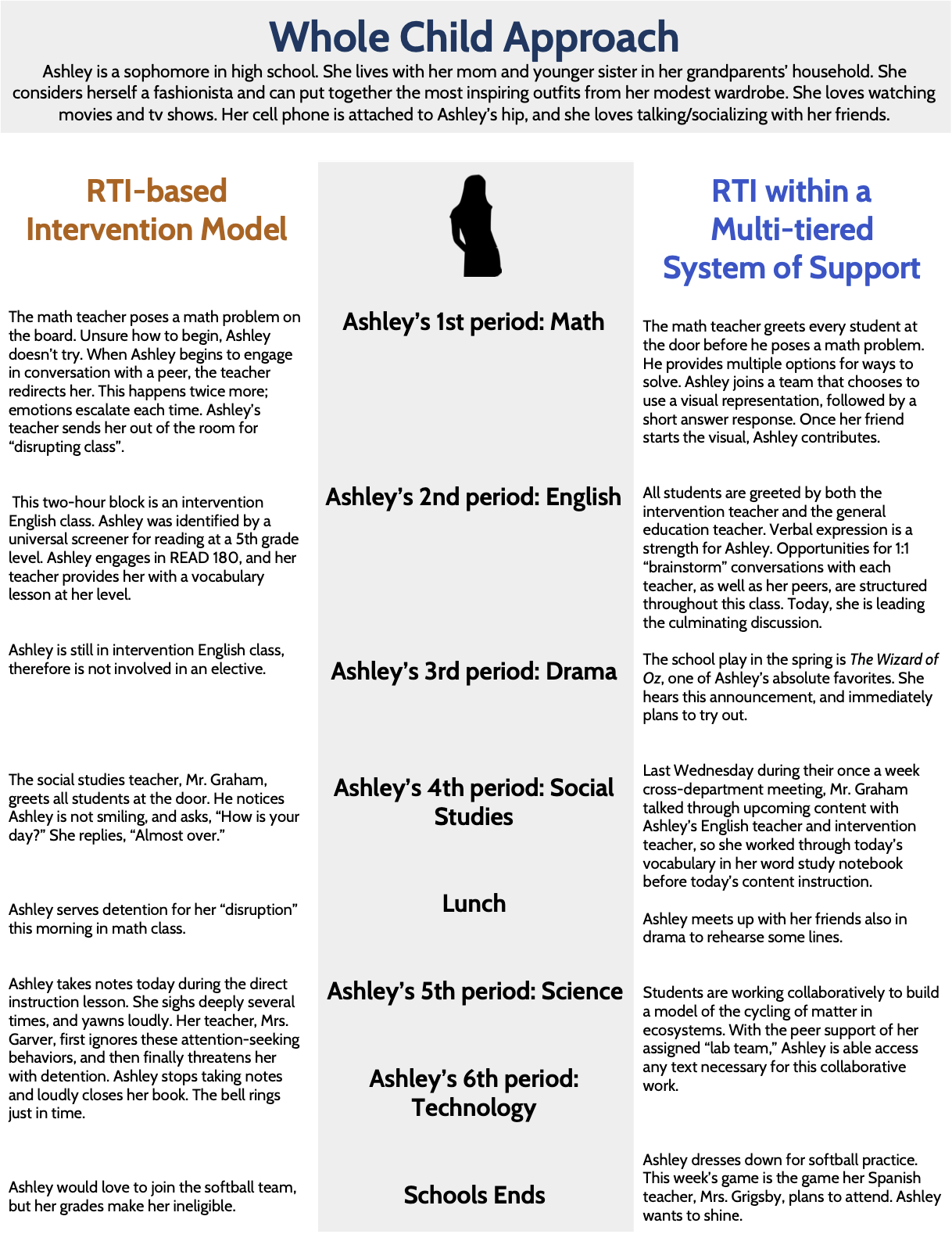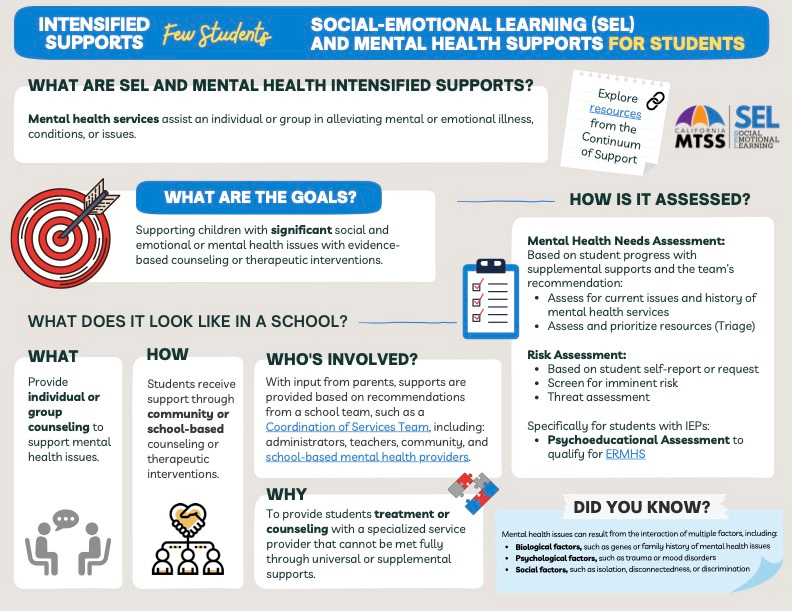Whole Child Approach
We must develop a continuum of supports to meet the needs of the whole child.
SEL brings families, schools, and communities together. We are all decision-makers in our schools! The CDE main SEL webpage is a great place to start, along with keeping the California State Board Adopted Guiding Principles at the forefront of our minds which provide guidance on how to approach SEL.
Message maps help educators communicate the positive impacts of SEL. Check out this worksheet for collaborating on your own message map and these examples to get started.
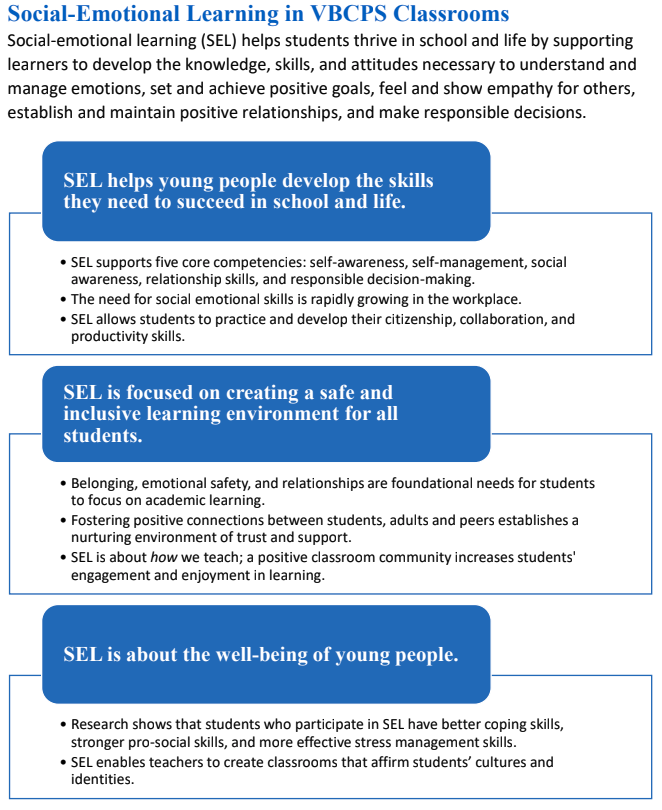

Preparing for a meeting or your lesson plans? See the Signature Practices Playbook for easy to use strategies to engage at the start, end, and throughout your meeting/class.
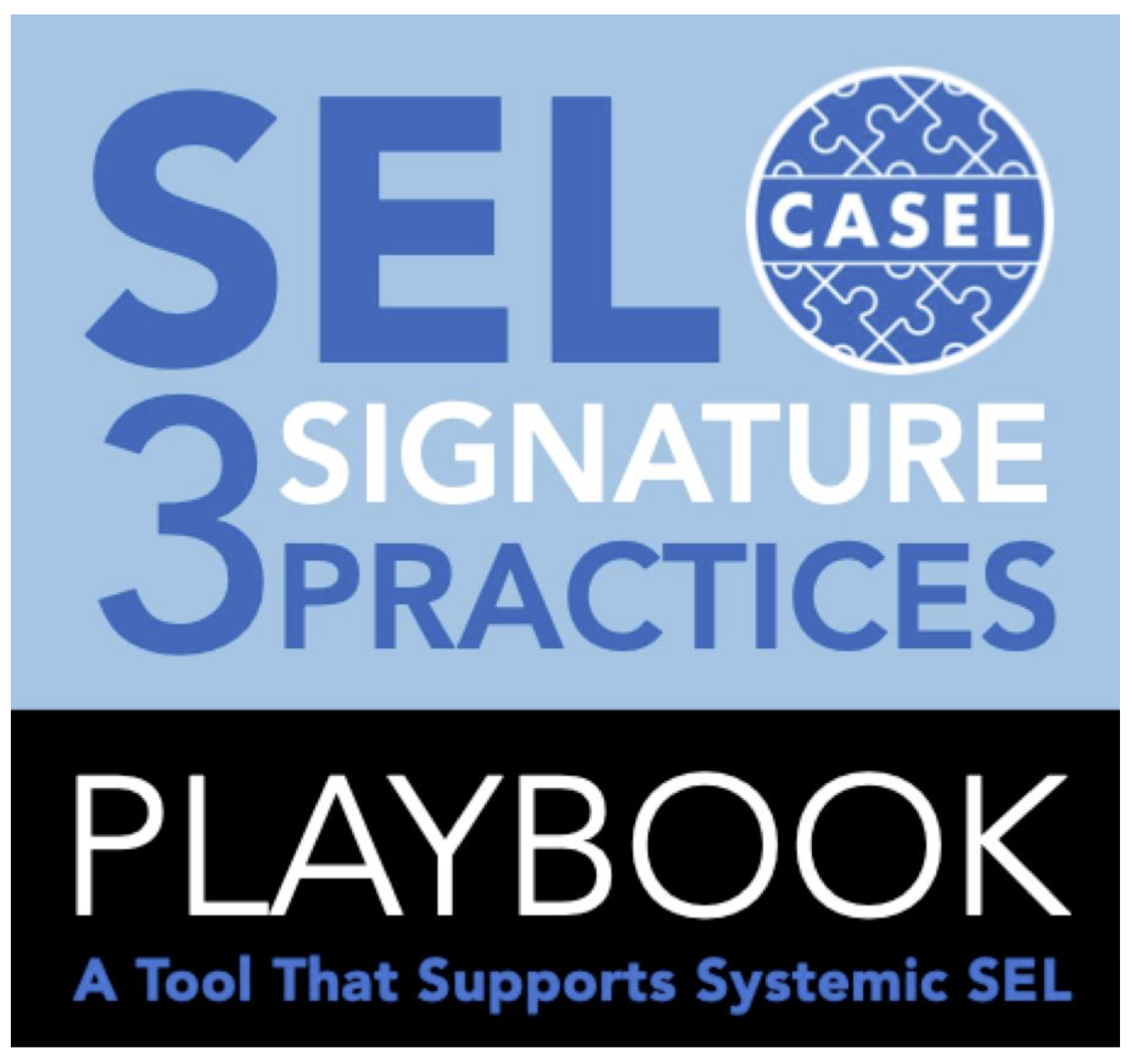

Click on the Whole Child Approach profiles to see the difference in the old approach to the MTSS approach.
SEL is for everyone - from our youngest students to our high schoolers to adults
What is SEL?
- Understanding Your Feelings
- Making Friends
- Handling Life's Twists and Turns
- Superpowers for Your Emotions and Relationships!
Why is it important?
- Helps You Succeed in School
- Build Strong Friendships
- Builds Confidence
- Leads to a Brighter Future
How does SEL work?
Think of SEL as five superskills:
- Knowing Yourself
- Managing Your Emotions
- Understanding Others
- Building Relationships
- Making Wise Choices
Real-Life SEL
- Listen to Friends
- Take Deep Breaths When You're Stressed
- Lend a Hand to Someone in Need
- Set Big Goals
- Be Kind to Yourself
SEL in Action
- Leadership
- Storytelling
- Peer Mentoring
- Community Service & Engagement
- Project-Based Learning
- Youth-Adult Allyship
- Youth Advocacy
